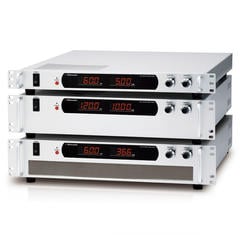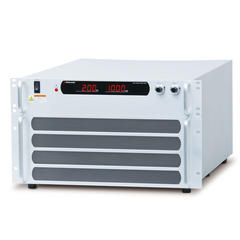An electrostatic precipitator is a method of electrically collecting dust by giving the "dust" contained in the air a negative charge and attracting it to a positive electrode to which high voltage is applied.
The electrostatic precipitator is effectively used in industrial processes. Collecting dust generated by human movement and other factors at manufacturing sites is necessary to avoid remaining in the air.
For example, in factories that handle textiles or cut wood or resin, dust is collected to clean the air in the factory to solve environmental, health, and safety problems.
Electrostatic precipitator has many variations in different needs.
The electrostatic precipitator mechanism is simple. When high voltage is applied between the two poles installed in an electrostatic precipitator, the discharge electrode and the collecting electrode, corona discharge occurs between the electrodes, generating ions with negative electrification. Negative ions bind to dust in the air, so dust bound to the ions carries a negative charge. The dust is then attracted to the collecting electrodes, which have a positive charge, and the dust in the air is collected.
Electrostatic precipitator requires a high-voltage power supply of tens to hundreds of kV to generate corona discharge between electrodes. Matsusada Precision's high-voltage power supplies are ideal for electrostatic precipitators. AU series and HARS series feature high power efficiency and a wide lineup for such applications.

- Related words:
-
- Electrostatic precipitator
- Contamination
- dust





